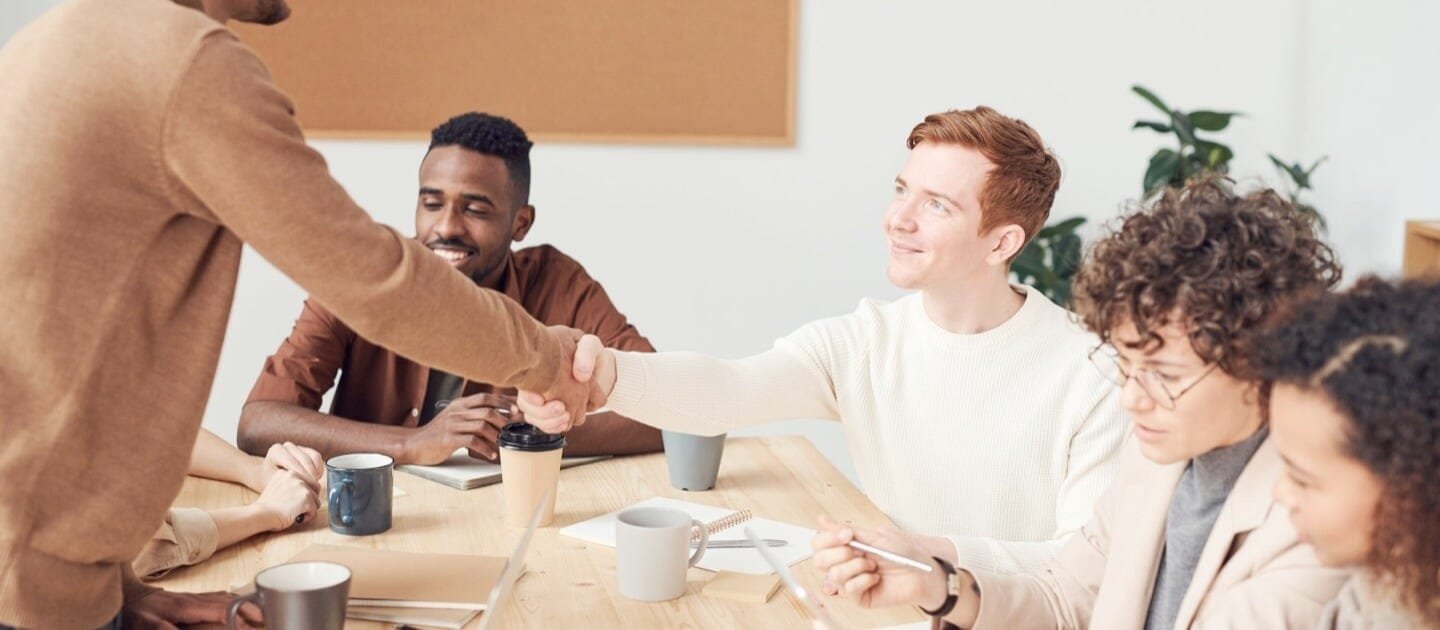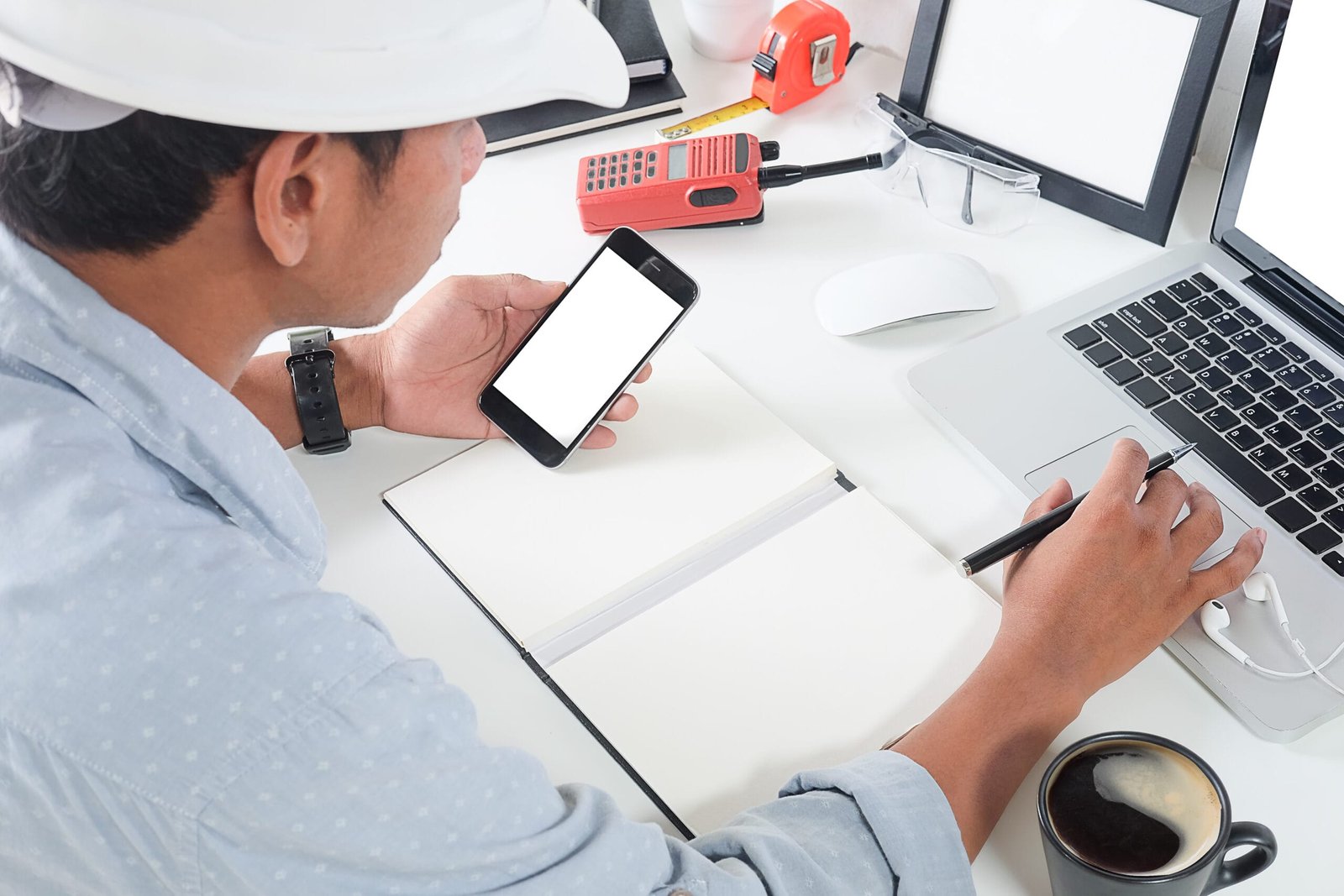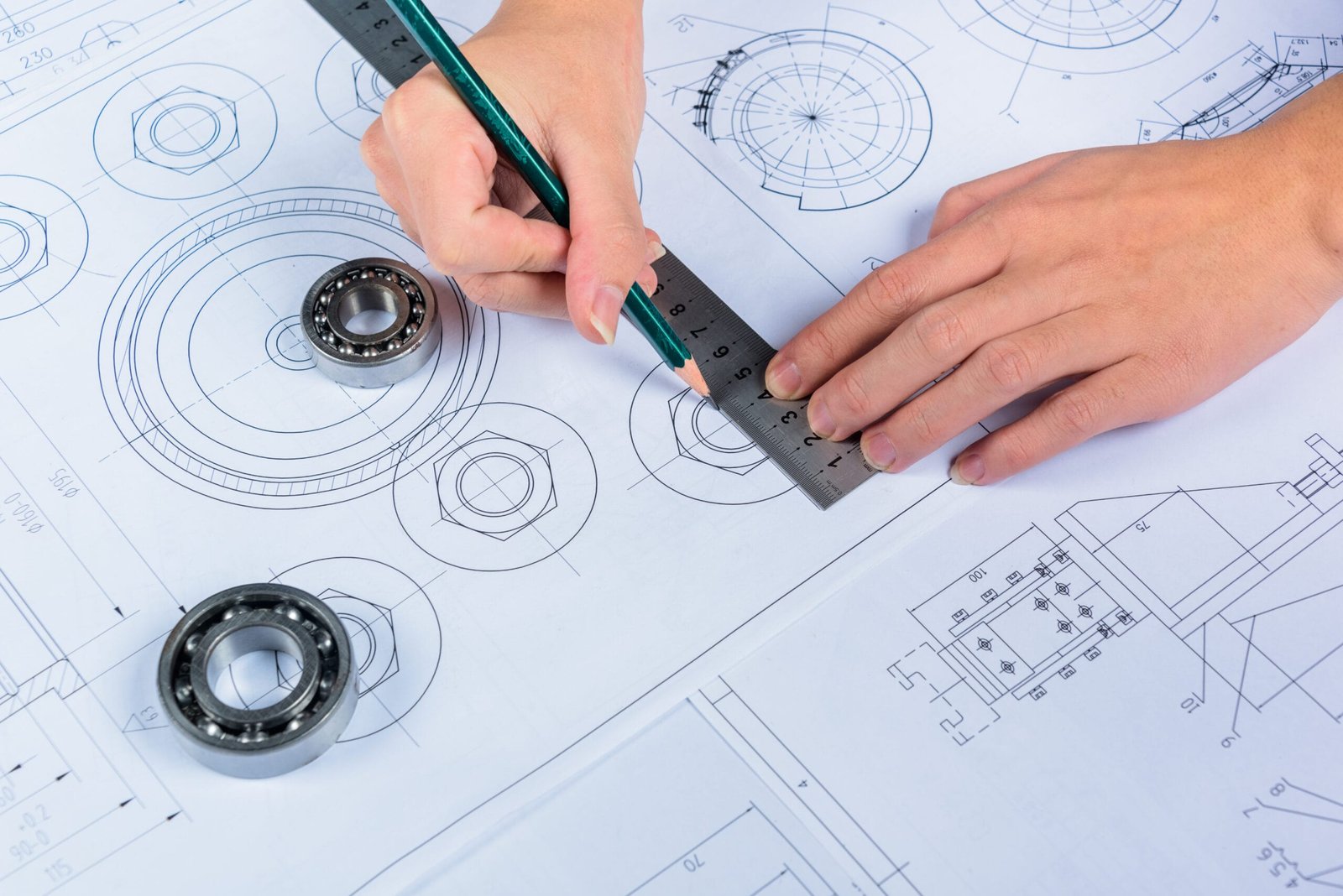You can make your textures look real with the help of 3D design. A simple model appears incomplete and flat. When you add the right texture, the model looks real, detailed, and attractive. Textures are key in architecture, product design, and mechanical projects.
At Design Hok, we make sure to utilize the right textures. We offer various mechanical engineering services. These include 3D modeling, rendering, and 2D drafting services.
Clients are able to see exact visuals using real-looking textures.
Now, we will talk about how Design Hok creates realistic textures and its importance in design.
1. Understanding Realistic Textures
You get to know how a surface appears and its hardness or softness using texture. You understand the color, shine, smoothness, and patterns. These features are important to know the behavior of light through the object.
Textures that are based on real-world use materials, including wood, glass, fabric, or metal. So, your design looks real and lively.
At Design HOK, we use real-looking textures for:
- True-to-life product prototypes.
- Detailed architectural views.
- Precise mechanical models.
2. Key Elements of Realistic Textures
A. High-Resolution Maps
High-quality maps add fine detail. Scratches, marks, and shine look sharp. Low-quality maps make objects look fake.
Types of maps include:
- Diffuse Map: Gives base colors
- Bump Map: Adds small surface detail.
- Normal Map: Creates depth and ridges.
Reflection Map: It gives you an overall map of shiny and dull areas on an object.
Depth Map: You add depth to the model. This results in the model looking real and not flat.
B. Real Materials
Physically-Based Rendering involves copying the behaviour of light on surfaces. This results in wood, glass, and metal appearing real.
Here are its advantages:
- Works with modern render engines.
- You get better lighting effects.
- Accurate material properties.
C. Smooth Textures
Smooth textures are copied several times on a surface. They are key for large areas like walls, floors, or metal panels.
- Design HOK uses them in:
- Metallic Surfaces
- Building interiors and exteriors.
D. Texture Mapping
Texture mapping gives you an idea of how a 2D texture fits on a 3D object. Without it, textures can stretch or misalign.
Methods include:
- Automatic mapping (fast but less exact).
- Manual unwrapping (more control).
- UDIM (used for large, high-res models).
Design HOK uses advanced UV tools for perfect texture placement.
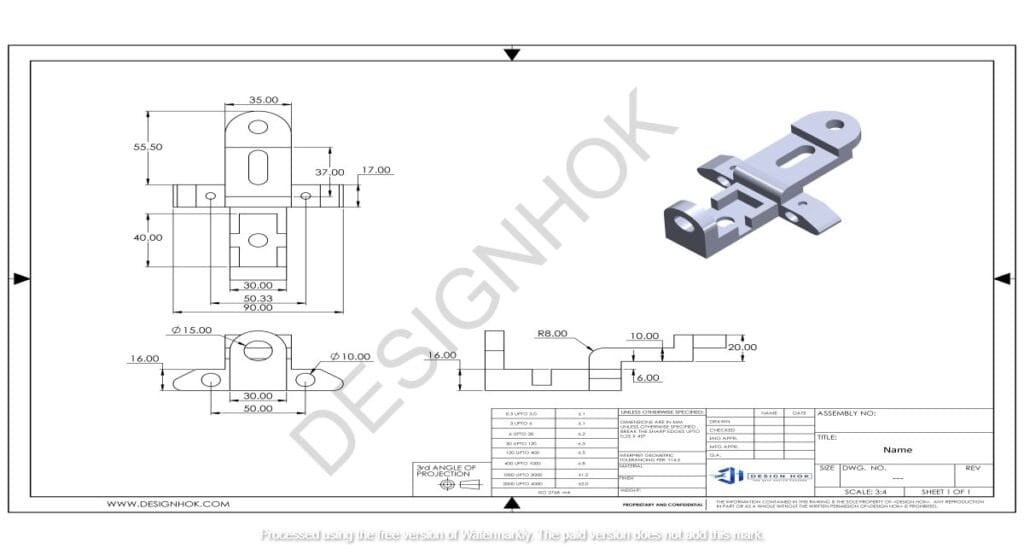
3. Method to Create Real Looking Textures
A. Credible Platforms
Some of the sources of textures are photos, tools, or online collections. There are a number of platforms that offer professional surfaces. These include Quixel, Polligon, and Texture Haven.
B. Formula-Based Shading
Procedural textures involve formulas instead of images. This helps in making effects like rust or scratches. You are able to manage file size, and these textures do not repeat.
C. Substance Look
Roughness and transparency tell how a material looks in textures. This includes:
- Metallic: It tells whether something is metal or not.
- Roughness: Makes the surface shiny or rough.
- Transparency: Use for materials like glass or water.
D. Natural Lighting Effects
Light simulation in 3D makes light act naturally in 3D designs. They add real-looking shadows and reflections. Design HOK uses advanced rendering software to reach this level.
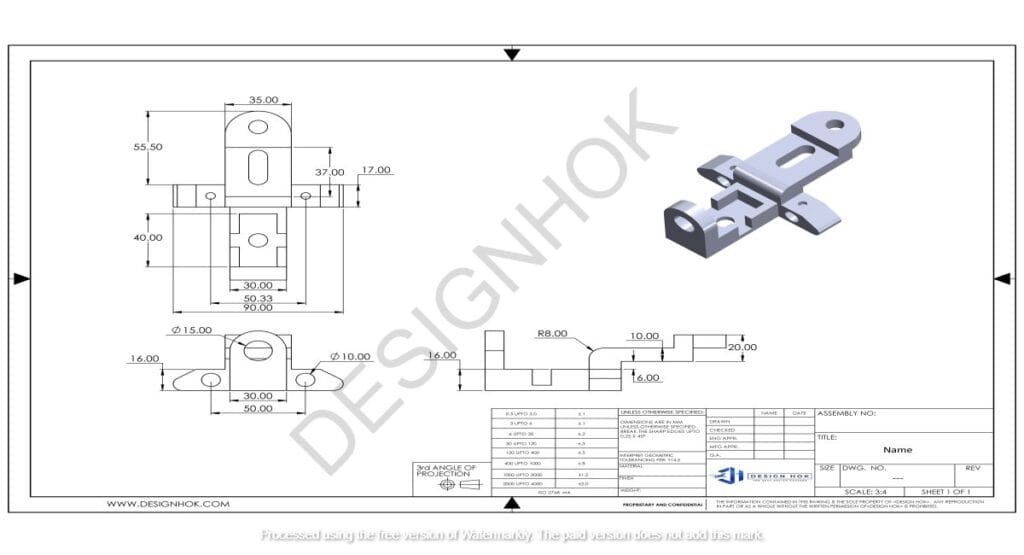
4. Uses of Real-looking Textures
A. Advertising
You can make products in ads or promotions look real. This attracts more customers and makes your campaign successful.
B. Machine Drawing
- You make your sample look real with proper material.
- Metals and plastics are displayed with accurate visuals.
- More details on machine parts.
C. Product Design
- Lifelike product renders.
- Visuals for marketing.
- Test materials before production.
Summary
You are able to change simple 3D models into real-looking designs. You can use quality materials and tools to make your projects look professional.
Textures make buildings, machines, and products look real by adding depth. Your designs look clear, accurate, and attractive. So, clients are able to understand the object in reality before its production. This sums up about modeling realistic textures for Design HOK.
FAQs
1. Tell about the importance of real-looking textures?
You are able to create models that look real, detailed, and engaging.
2. Name the softwares that Design Hok uses?
There are several programs that we use. These include softwares such as Substance Painter, Blender, 3ds Max, and Photoshop.
3. What are PBR textures?
They copy real material properties under light for natural results.
4. What is the advantage of texture mapping?
It is useful to make sure that textures fit models correctly.
5. Give a list of popular textures.
There are a number of textures that are commonly used. These include diffuse, bump, normal, specular, roughness, and displacement.
6. Do textures help in mechanical design?
Absolutely, you show metals, plastics, and surfaces accurately.
7. How can you put texture on a 3D model?
You have to create a texture like wood, metal, or fabric. After that, you have to use it to model with the help of 3D software. You use texture mapping to ensure the texture fits correctly. Then you adjust color, shine, or roughness to give a realistic touch.
